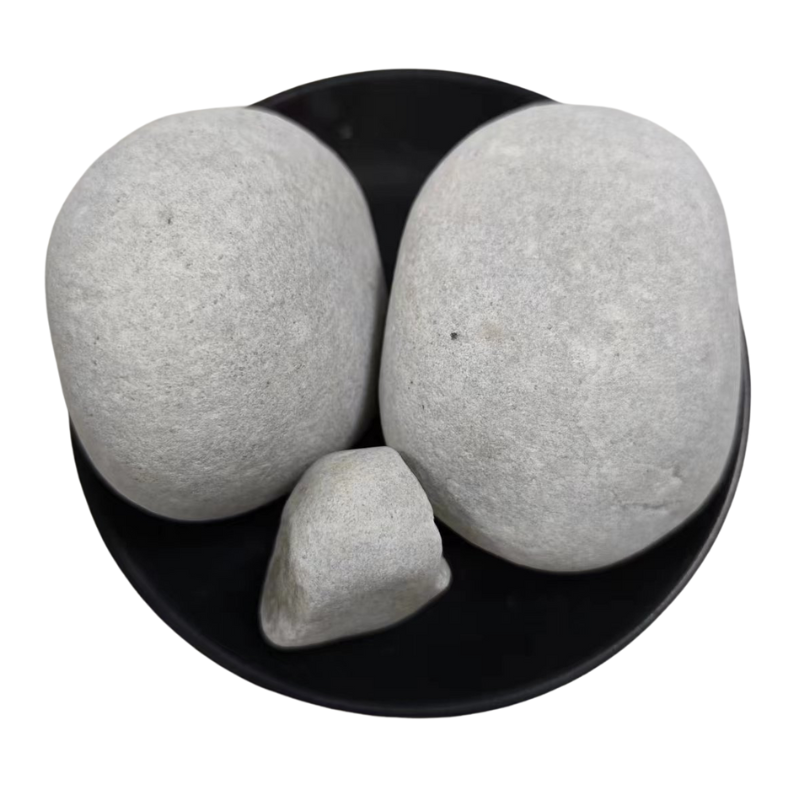
Exploring the Properties and Uses of Quartz with CAS Number Identification
Understanding Quartz A Closer Look at its CAS Number
Quartz is a crystalline mineral composed of silicon and oxygen and is one of the most abundant materials found on Earth. Its chemical structure is represented by the formula SiO2, which stands for silicon dioxide. In the realm of chemicals, each substance is identified by a unique identifier known as the Chemical Abstracts Service (CAS) number. The CAS number for quartz is 14808-60-7. This identifier is crucial for researchers, manufacturers, and regulatory agencies alike, as it helps in accurately identifying and differentiating substances in a vast sea of chemicals.
The Significance of CAS Numbers
CAS numbers are essential because they provide a unique numerical identifier for chemical substances, including elements, compounds, and mixtures. The system is widely used in scientific literature, data sheets, and regulatory documentation to facilitate the exchange of information about chemicals. For quartz, the CAS number 14808-60-7 allows users to find detailed information quickly regarding its properties, safety guidelines, and potential hazards.
Properties of Quartz
Quartz is valued for its remarkable properties. It is renowned for its hardness and ability to withstand high temperatures, making it suitable for a range of applications, from jewelry to industrial uses. Its crystal structure enables it to vibrate at precise frequencies, leading to its use in electronic devices such as watches, clocks, and radios. Additionally, quartz is often used in the making of glass and ceramics due to its ability to withstand intense heat and its availability in large quantities.
When it comes to color, quartz can be found in a variety of hues, including clear, white, rose, violet, and smoky. These colors are attributed to different impurities or structural anomalies within the crystal lattice. For instance, amethyst is a violet variety of quartz, while citrine appears in shades of yellow to brown.
Uses of Quartz
quartz cas no

The uses of quartz extend across various industries. In electronics, its piezoelectric properties are exploited in quartz oscillators, which are vital in maintaining accurate frequencies in devices. In the construction and manufacturing industries, high-purity quartz sand is a critical component in making silicon wafers used in solar panels and semiconductors.
Moreover, quartz is widely used in the production of fiberglass, due to its strength and ability to endure heat. Its aesthetic appeal also makes it a popular choice in countertops, tiles, and various decorative items. In the field of geology, quartz is utilized as a key indicator mineral, helping geologists understand the history and composition of rock formations.
Health and Environmental Considerations
Despite its extensive applications, quartz poses certain health risks when inhaled as respirable crystalline silica. Long-term exposure to respirable crystalline silica dust can lead to serious health issues, such as silicosis, lung cancer, and other respiratory problems. Therefore, occupational safety measures are critical in industries such as construction and mining, where quartz is prevalent. Proper ventilation, personal protective equipment, and regular monitoring of dust levels are essential to ensure the safety of workers.
In terms of environmental impact, quartz itself is not considered a significant pollutant; however, the mining and processing of quartz can lead to habitat destruction and ecological imbalance if not managed properly. Sustainable mining practices and responsible sourcing are becoming increasingly important as awareness of environmental issues grows.
Conclusion
In conclusion, quartz, identified by the CAS number 14808-60-7, is an incredibly versatile mineral with a wide range of applications across various fields. Its unique properties, coupled with modern technological advances, continue to enhance its significance in our daily lives. However, it is crucial to balance these benefits with appropriate health and safety measures to mitigate the risks associated with its use. Understanding quartz and its implications not only informs us about its uses but also emphasizes the importance of safety in handling this natural resource.
Share
-
Premium Pigment Supplier Custom Solutions & Bulk OrdersNewsMay.30,2025
-
Top China Slag Fly Ash Manufacturer OEM Factory SolutionsNewsMay.30,2025
-
Natural Lava Rock & Pumice for Landscaping Durable Volcanic SolutionsNewsMay.30,2025
-
Custom Micro Silica Fume Powder Manufacturers High-Purity SolutionsNewsMay.29,2025
-
Custom Mica Powder Pigment Manufacturers Vibrant Colors & Bulk OrdersNewsMay.29,2025
-
Custom Micro Silica Fume Powder Manufacturers Premium QualityNewsMay.29,2025






